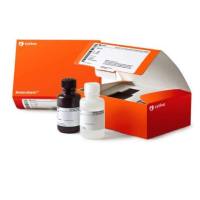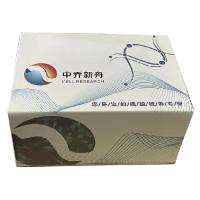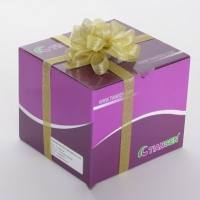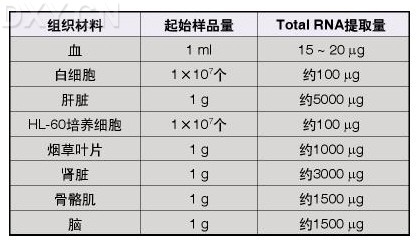PCR Reagent System
互联网
实验步骤
1) Add the following components to a sterile 0.5-mL microcentrifuge tube on ice:
2) Cap the tubes and centrifuge briefly to collect the contents to the bottom of the tube.
3) Incubate the tubes in a thermocycler at 94° C for 3 min to completely denature the template.
4) Perform 35 cycles of PCR amplification at:
c. Extend: 72° C for 1 min 30 s
1) Add all the components as in Basic Protocol, except Taq DNA Polymerase.
2) Cap the tubes and centrifuge briefly to collect the contents to the bottom of the tube.
3) Incubate the tubes in a thermal cycler at 94° C for 3 min to completely denature the template.
4) After denaturation at 94° C, maintain the reaction at 80° C.
6) Continue with 35 cycles of denaturation annealing and extension as in Basic Protocol.










